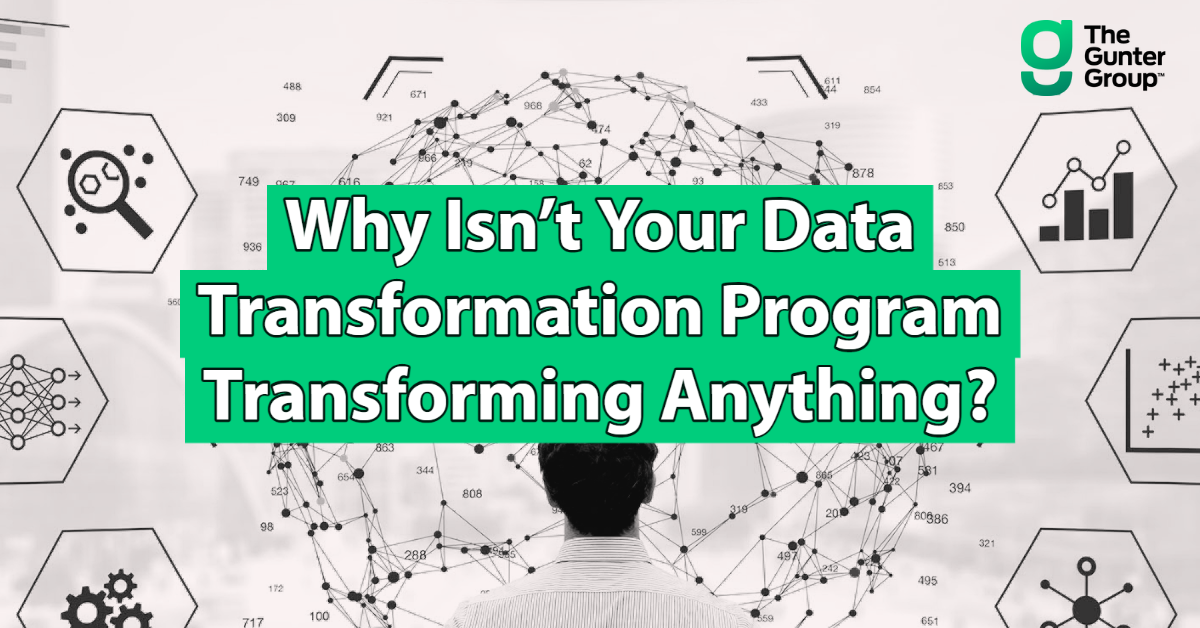The Gunter Group was recently named one of the “10 Most Promising Agile Service Providers” by CIOReview magazine. TGG was identified through a nomination process for its ongoing and impactful agile work across a variety of industries and organizational levels.
Tag Archives: utah
DOES TRANSFORMATION HAVE TO BE TRANSFORMATIONAL?
TGG’s Danny Quarrell explores how a mix of enablement projects alongside your game changing Transformational projects are key to a healthy Actuarial Transformation Program.
DON’T LET TECH DEBT STAND IN THE WAY OF DATA-DRIVEN INSIGHT
Matt Jamison, Principal Consultant and Service Leader for TGG’s Technology Practice, shares strategies to mitigate tech debt and use your data to its fullest potential.
WHY ISN’T YOUR DATA TRANSFORMATION PROGRAM TRANSFORMING ANYTHING?
Matt Jamison, Principal Consultant and Service Leader for TGG’s Technology Practice, explains TGG’s unique approach to Technology work and explores current industry trends.
TGG PARTNER Q&A:
2022 CONSULTING MAGAZINE BEST FIRMS TO WORK FOR
TGG partner and head of TGG’s Nevada team, Tony Schweiss shares about the impact of being recognized by Consulting Magazine and the significance of being honored nationally for The Gunter Group’s culture and workplace.




